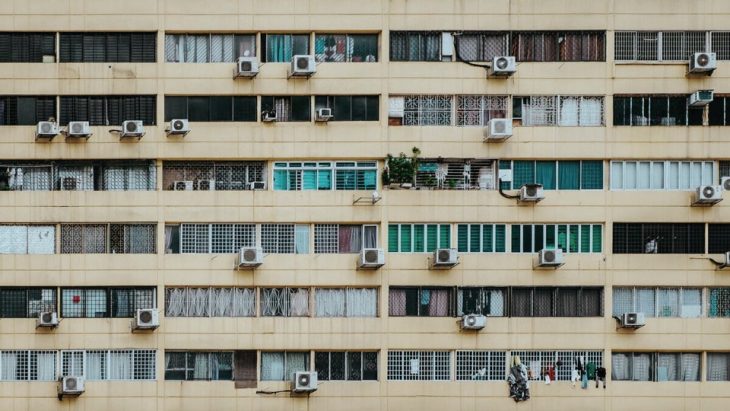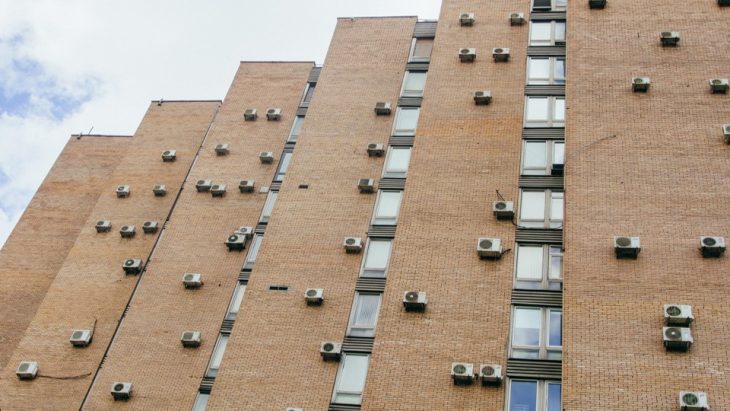The paper A stochastic approach to thermal comfort – Occupant behavior and energy use in buildings by Fergus Nicol, Michael Humphreys and Bjarne W. Olesen relates on the problem of the importance of the occupant behavior for the environmental modeling of the buildings interior space and its realistic simulation.
As much as 50% of all energy is used in buildings – half of it for the provision of the indoor climate control for occupant comfort. Thus, the provision of comfort has a major bearing on energy consumption and carbon dioxide emissions. Let’s take Moscow, my hometown. It has the centralized generation of 99% of electricity and heat by big power plants, which are burning fuel oil to heat water for the central hot water supply all over the year, hot water for the central heating in winter and to generate electricity for the air-conditioning and mechanical ventilation in summer. 100% of the Moscow A-class office buildings are fully air-conditioned and mechanically ventilated throughout the year. 99% of the residential buildings have hot water supply from the city distribution network. This scary photo illustrates the cost of our comfort for the environment.

Naturally ventilated buildings typically use half as much energy as those with air-conditioning. Encouraging the use of naturally ventilated buildings would therefore seem a good way to begin the promotion of energy efficiency. But there is no accepted way to predict the energy use of the occupied naturally ventilated buildings or to ensure that their occupants will find their indoor climate comfortable. Of the different possible approaches to the energy efficiency, close understanding and control of heating, lighting and ventilation systems, together with deeper understanding of human thermal comfort needs, has the greatest potential to deliver savings. Right now 100% of the residential or office buildings in Moscow, built before 1991, don’t have central air-conditioning, and 90% of the residential buildings currently under construction still don’t have it. They are, seemingly, naturally ventilated buildings. However, look what happens in reality. This is a residential building.

This is an office building.

All these “improvements” have been introduced by the occupants. People seek thermal comphort and they be doing some really weird things, like turn the heating on, when it is cold, but after they get warm and then hot, instead of reducing the heat one may open the window.
The conventional software used to model the indoor thermal comfort doesn’t really take occupants into account otherwise than the source of warmth from their bodies. The occupant behaivior stays out of sight. However it is extremely important to study and adequately show. This paper reports the results of several researches of the occupant behaviour undertaken in the UK, continental Europe and Pakistan, as well as gives a review of the conventional methods of simulation and the proposals how they could be improved. There are now a number of dynamic physical/physiological simulation models of the human body. These are beginning to address the problem of’ providing a psychophysical simulation of thermal comfort responses. There are also increasingly sophisticated dynamic thermal simulation packages for buildings. A weakness of both types of simulation is that they simplify the parts of the building/occupant interaction. Behavior is also treated in a very simple way. Consideration must be given to the integration of these two types of dynamic models to build a model of the occupant-building system, supported by detailed experimental work, as appropriate. In real buildings, the indoor temperature at a given outdoor temperature is a distribution rather than a single value. Using these results to intone simulation assumes that the aim is to predict a distribution of indoor temperatures rather than a precise value.
Credits
Faculty: Jane Burry
Student: Nataliya Voinova